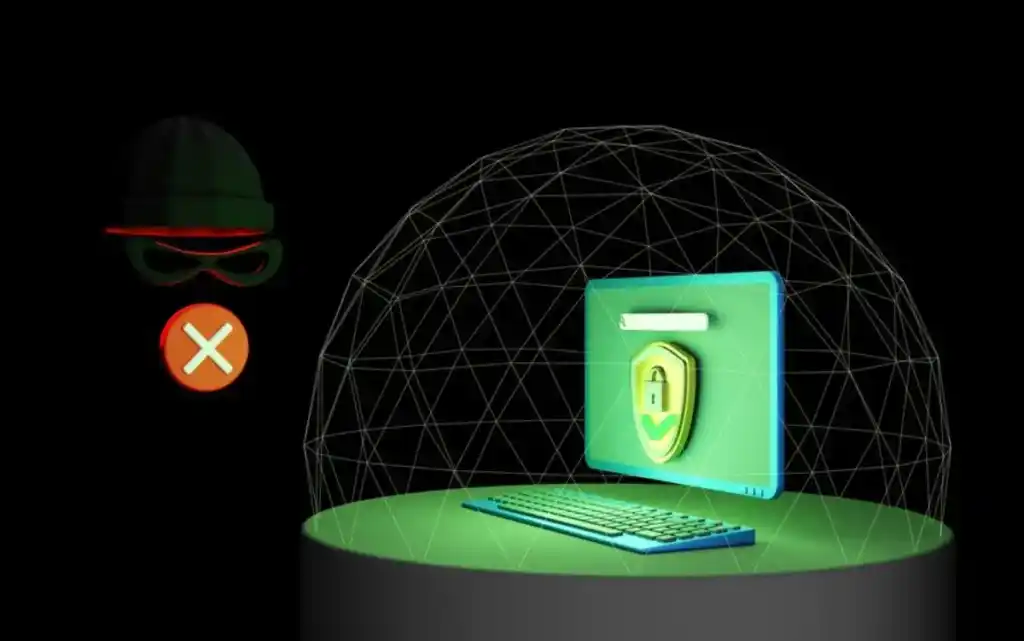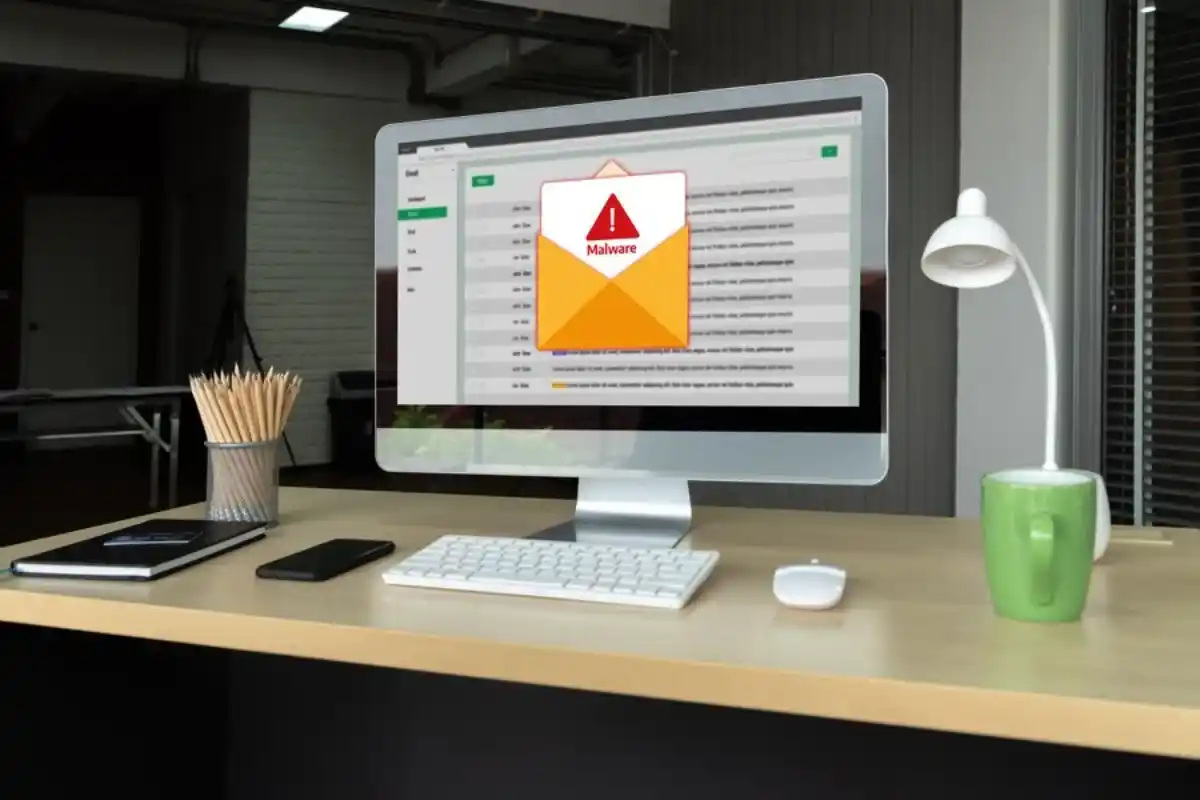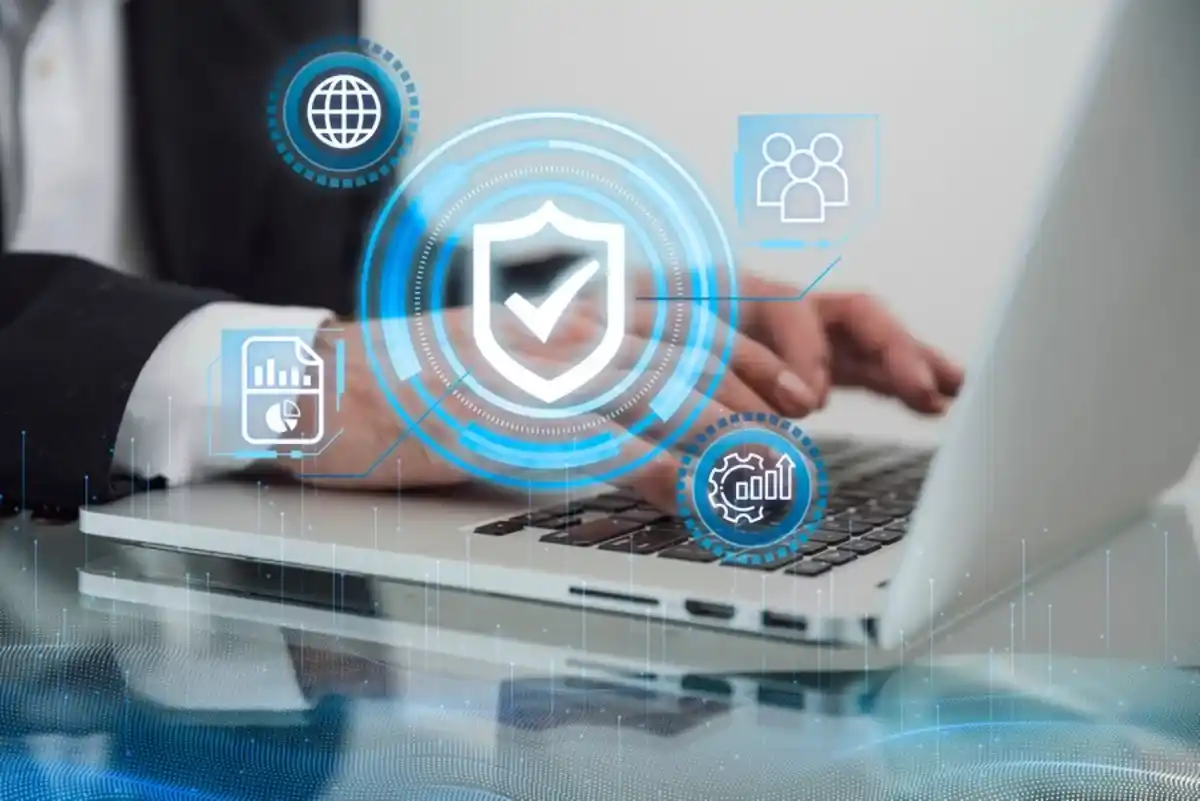
The Rise of Ransomware: How to Keep Your Data Safe
In today’s interconnected world, cyber threats are evolving at an alarming rate. Ransomware is a major threat. It’s a harmful type of malware that locks users out of their systems or encrypts their data. Then, it asks for a ransom to restore access. Ransomware protection is now essential for both businesses and individuals. Cybercriminals are getting smarter with their attack methods.

How Ransomware Attacks Work
The Mechanics of a Ransomware Attack
A ransomware attack typically follows a structured process:
- Infection: Cybercriminals deploy ransomware through phishing emails, malicious downloads, or security vulnerabilities. These emails look like they come from trusted sources. They trick users into clicking harmful links or downloading infected attachments.
- Execution: When activated, the malware starts encrypting files or locking access to the whole system. Victims quickly realise they can no longer access their important data.
- Ransom Demand: A ransom note shows up, asking for payment in cryptocurrency to avoid detection. The attackers may also impose a deadline, pressuring victims to comply quickly.
- Outcome: Victims must either pay the ransom, which offers no guarantee of data recovery, or try to restore files using ransomware protection methods like backups and decryption tools. Paying the ransom is strongly discouraged as it funds further cybercrime.
Common Types of Ransomware
There are different forms of ransomware, each with unique characteristics:
- Locker Ransomware: Completely locks users out of their devices. This stops access to important files and apps.
- Crypto Ransomware: It encrypts files and asks for a ransom to unlock them. Your data becomes unusable without the decryption key.
- Double Extortion Ransomware: It encrypts data and threatens to leak sensitive info if victims don’t pay. This raises the pressure on them.
- RaaS (Ransomware-as-a-Service): A growing trend where cybercriminals sell ransomware kits to less tech-savvy hackers, making attacks more widespread and accessible to criminals of all levels.

The Growing Threat to UK Businesses and Individuals
The UK has seen a rise in cyber threats. Ransomware attacks now target businesses, government agencies, and individuals. High-profile attacks on the NHS and local councils highlight the growing risks. Ransomware greatly affects the economy. Businesses deal with downtime, lose data, and suffer damage to their reputation.
Who is at Risk?
Anyone using digital devices can be a target. However, some sectors are more vulnerable:
- Small Businesses: They often have weak ransomware protection. This makes them easy targets for cybercriminals.
- Healthcare: Hospitals and clinics keep sensitive patient data. This makes them easy targets for extortion.
- Educational Institutions: Schools and universities hold a lot of personal and financial data, but they often lack strong cybersecurity measures.
- Government Organizations: Public sector groups manage key infrastructure data. This makes them targets for cybercriminals aiming to create chaos.
- Individuals: Cybercriminals often attack people with ransomware. They encrypt important files such as family photos, financial records, and personal documents.

Essential Ransomware Protection Strategies
1. Maintain Regular Backups
A great way to fight ransomware is to keep secure backups of important data. Backing up files often to an external device or cloud storage keeps your data safe. If your data gets encrypted, you can restore it without paying a ransom.
Key backup strategies include:
- The 3-2-1 Rule: Maintain at least three copies of data, stored on two different media types, with one backup stored offsite.
- Automated Backups: Use automated backup solutions to ensure consistent and frequent backups.
- Check Backup Integrity: Regularly ensure backups are complete and can be restored error-free.
2. Implement Strong Cybersecurity Measures
Data security begins with fundamental security practices:
- Firewalls and Antivirus Software: Ensure that security software is up to date to detect and block threats before they reach your system.
- Endpoint Detection and Response (EDR): Advanced threat detection tools monitor suspicious activities in real-time, preventing attacks before they spread.
- Multi-Factor Authentication (MFA): Adding extra layers of security, such as biometric authentication or one-time passwords, makes it harder for hackers to gain unauthorised access.
- Email Security Measures: Use email filtering tools to detect and block phishing attempts before they reach users.
3. Educate and Train Employees
Human error remains one of the biggest risks in cyber threats. Training employees to recognise phishing emails, suspicious links, and unusual network activity can significantly reduce the risk of ransomware attacks.
- Simulated Phishing Tests: Conduct periodic phishing simulations to assess and improve employees’ ability to identify malicious emails.
- Security Awareness Training: Offer regular workshops and online training modules to ensure all staff understand cybersecurity best practices.
4. Keep Software and Systems Updated
Cybercriminals exploit vulnerabilities in outdated software. Ensuring that all operating systems, applications, and security tools are patched with the latest updates is a crucial step in ransomware protection.
- Automatic Updates: Enable automatic updates where possible to ensure the software remains protected.
- Vulnerability Scanning: Regularly scan networks for security gaps and apply necessary patches.
5. Use Network Segmentation
Dividing networks into smaller, isolated sections helps organizations stop ransomware from spreading throughout the whole system. This containment strategy helps minimise damage in case of an attack.
- Restrict Access: Limit employee access to only the data and applications necessary for their role.
- Monitor Traffic: Use intrusion detection systems to identify unusual network behaviour.
6. Develop an Incident Response Plan
A well-structured cybersecurity response plan can mitigate the impact of ransomware attacks. This includes:
- Immediate Isolation of Infected Devices: Disconnect infected devices from the network. This stops malware from spreading.
- Contact Cybersecurity Experts: Get professional help to evaluate the situation and find the best steps to take.
- Check Backup Recovery Options: First, see if you can restore data from backups. Then, think about other actions.
- Avoiding Ransom Payments: Paying ransoms just encourages more attacks. It also doesn’t guarantee you’ll get your data back.
Legal and Regulatory Considerations in the UK
The UK government has introduced strict regulations to enhance data security and combat ransomware threats. The General Data Protection Regulation (GDPR) and Network and Information Systems (NIS) Regulations require organisations to implement robust security measures. Failure to comply can result in hefty fines and legal consequences.
Reporting Cyber Incidents
Victims of ransomware attacks should report incidents to Action Fraud, the UK’s national reporting centre for fraud and cybercrime. The National Cyber Security Centre (NCSC) also provides guidance and support for businesses facing cyber threats.
The Future of Ransomware and Cybersecurity
As technology advances, so do cybercriminal tactics. AI and machine learning are used by security experts and hackers. Future ransomware protection measures will rely on:
- AI-driven Threat Detection: AI-powered tools will improve real-time monitoring and detection of ransomware.
- Blockchain Technology: Secure transactions and data integrity will become essential in combating cybercrime.
- Zero-Trust Security Model: Each access request is checked before permission is given. This helps lower the risk of unauthorised access.
Strengthening Your Defences
Empowered by proactive steps, businesses and individuals can fortify their defences against cyber threats. To stand tall against cybercrime, the UK must remain vigilant and informed. By embracing robust ransomware protection and nurturing a culture of cyber awareness, we can create an unyielding fortress against malicious attacks.


